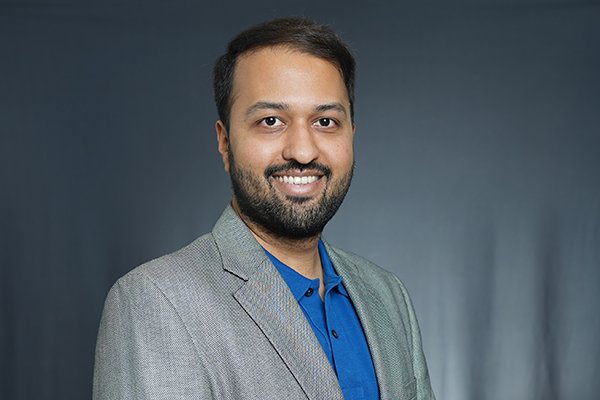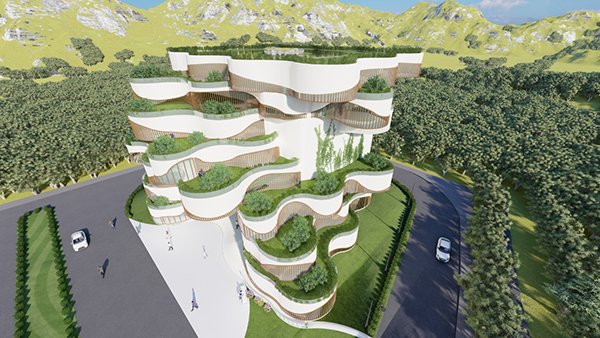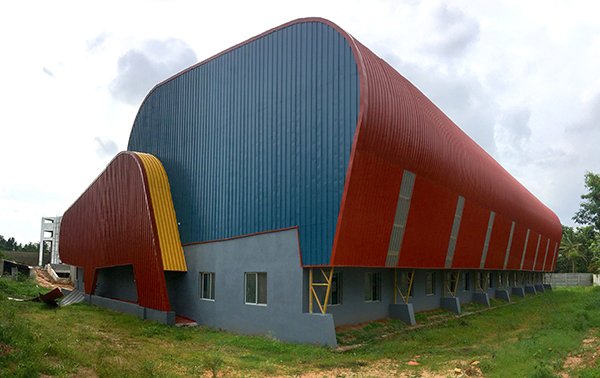Talking About Life’s Engineering Saga. ‘TALES’ is a segment that exclusively cuses on the top Project/Structural Consultants across the globe sharing their engineering journey in their own words. His profession runs in his blood & his passion catapults him to thrive for the best… he is level-headed & smart & likes to keep a step ahead…
We have Mr. Nikhil Inamdar, Director, Strudcom Consultants getting candid with us…Your College Name & Place:
College of Engineering Pune (COEP) & University of Texas Austin (UT)
Total Years of Experience: 12+ years
Your Idol / Mentor: Father – Jayant Inamdar
Your mantra for success: Adapt, Asses & Excel…
Adapt to the requirement of the project
(each project is different) …
Assess the inputs/challenges/limitations…
Excel in providing the right solution for the project…
You want to be remembered as : A Reliable Partner for structure
Steel Projects that you are Currently Working on:
Infosys, Pune,
Ishanya Mall
MMRDA HQ,
IIT Gandhinagar
Phoenix Equinox
Volkswagen Plant, Pune
amongst others
What inspired you to take up engineering as a profession?
I grew up in a family of engineers and architects; I have seen these professions up close and personal since childhood. Structures specifically fascinate me a lot because we contribute in building something physically. So I always had the inclination to do something which can be felt and experienced physically as compared to what you do in IT or maybe computers. That’s why all my projects also were inclined toward the physical correlation of the subject.
How was your learning curve from a student to a pro today?
My learning curve was very steady. I did my bachelor’s from the College of Engineering, Pune which followed a very orthodox teaching method. I had my share of exposure during my master’s in the US. It was a game changer for me per se because there I could envisage what is happening and what can be done in this field and bring follow the path which led to the Indian construction industry today. I still remember the professors who used to teach us during my MS days were practicing professionals. They had minimum 25 years of field experience and hence the kind of knowledge and technical expertise they carried helped us a lot in shaping the basic concepts and taking them forward for practical use.
What various challenges do you face as a Structural Consultant?
The biggest challenge today in this country is that almost 80 percent of people still don’t know what a structural consultant is and what he does. Even if we explain who a structural engineer is to a layman, they still think we are architects with just a different title. I think this lack of awareness of our profession is the biggest challenge in India today. We don’t have an established platform where we can address our concerns or highlight our accolades to the common man. Unless you are in the industry or you are a part of it, structural engineers go unnoticed. When you see a building, people ask who is the architect but for a good building to stand steadfast, you need a structural consultant. We are equally important in this overall chain of hierarchy of the industry.
How do you see the adoption of rolled sections in the Indian construction community?
Rolled section has very good potential in India; the only problem today is we have very limited players who manufacture rolled sections. That is why the majority of the buildings use built-up sections because rolled sections do not work out economically as compared to a built-up one. We do use rolled sections in some of our projects but as I said, due to the tonnage constraints, 80 percent of the quantum are built-up sections and only 20 percent rolled sections are used. We are closely working with some manufacturers to develop a few more rolled sections which can be commonly used to build the usual structural steel buildings.
If you can change one thing in our construction practices in India, what would that change be?
In construction, the one thing that I would like to change as I mentioned before, is the perception of structural engineering. Equal importance is still not given to this profession and I would say, it is still not a very mature segment in this construction industry.
How has been your relationship with steel?
We always carry a very close relationship with steel, whether it is rebar or structural steel. The first question any new client asks is how much would be the steel consumption. So, one can say we have a love-and-hate relationship with steel. Having said that, we love working with structural steel because it has much more advantages as compared to the current conventional construction methods. Yet that potential is not being accepted by the majority of the industry. Slowly the advantages of steel construction will win over concrete.
Which is your best work in steel so far? What is so special about it?
One of our best works is a 150 meters high-rise building we designed in Hyderabad. For the first time in India, we converted the shear core into a steel structure. The journey of doing something new is not very easy. There is resistance that one gets from all the stakeholders. So, overcoming that resistance and building something for the first time in the country within five months makes us proud and gives us immense satisfaction.
Which international steel-specific project inspires you the most for its structural elegance? Why?
A majority of high rises built internationally are done in steel. The biggest advantage of steel is that the entire building is lightweight as compared to concrete; one can minimize the sizes of the vertical elements, that is columns, shear walls as well as foundations; so, design-wise, it becomes lighter. Secondly, with respect to the execution, it becomes very light and fast as compared to conventional RCC construction. So, all the high-rises which are done in steel do fascinate me a lot and that is what we have been trying to develop in India. Wherever we get a chance, we try to adopt and invent something new that suits our Indian requirements.
How do you update and upgrade yourself with the changing times?
We are always open to technical dialogues not only with our clients but also with our fellow practicing professionals. We also keep interacting with internationally based professionals and keep up with new innovations and techniques. For example, BIM today is a very common word in India but we adopted it way back in 2013 when it was just initiated in the country. We always are keen on adopting new technologies that would help speed up the conventional way of design and give us more accuracy.







